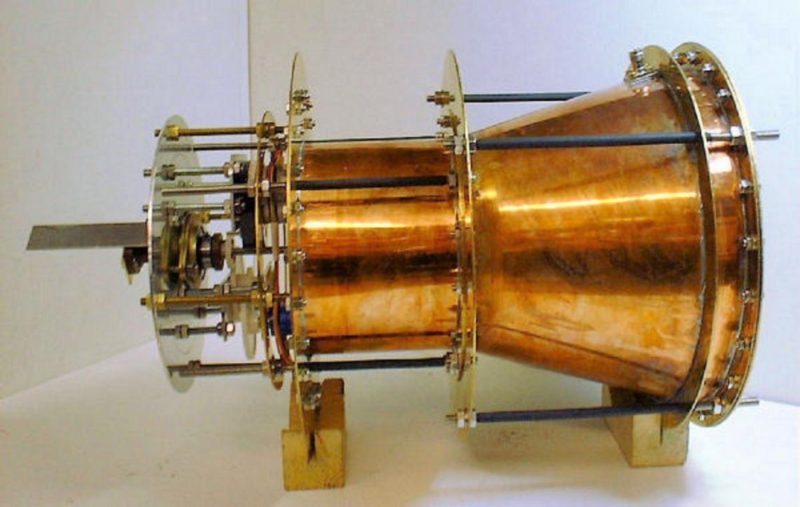US and China Secretly Testing “Impossible” EmDrive Space Propulsion System
Ashley Allen / 7 years ago

The controversial EmDrive, which is able to propel spacecraft without using fuel, has been proven to work, despite being dubbed “impossible” for breaking Newton’s Third Law, and now it seems that the world’s two biggest superpowers are in the process of testing the technology in space. According to the International Business Times’ “international space industry” sources, both the US and China are separately testing the EmDrive right now. The US effort is being conducted using an unmanned Boeing X-37B, while China’s version of the drive is currently on-board the nation’s Tiangong-2 orbital space lab.
“The Boeing X-37 is a mysterious autonomous orbital test vehicle that is launched into low-Earth orbit using a launch vehicle just like a regular space rocket, but when it comes back to Earth, it re-enters the Earth’s atmosphere in one piece and lands as a spaceplane,” IBT’s Mary-Ann Russon reports.
The X-37B has been circling the Earth on a top-secret mission ever since it was launched by the US Air Force on 20 May 2015, and no one knows what exactly it is monitoring or when it will return,” Russon adds.
China has been testing variants of the EmDrive since 2008 – the first nation to do so – but its experiments from between 2012 and 2014, thought to have yielded positive thrust results, were shown to have been false positives.
“As for the Tiangong-2, it is a space laboratory that China launched into space on 15 September aboard a Long March 2F rocket,” Russon reports. “It is not designed to be a permanent orbital station, but is instead a testbed for key technologies that China wants to use on its large modular space station, which is set to launch in 2023.”
“The Tiangong-2 is big enough for two astronauts to carry out experiments in it and carries 30 days of life support resources aboard it,” Russon adds. “The space laboratory measures 10.4m in length and has a diameter of 4.2m. On 18 October, the Shenzhou 11 manned spaceflight carrying Commander Jing Haipeng and Chen Dong docked with the Tiangong-2 on 18 October at an altitude of 393km. Jing and Chen will spend 30 days in space conducting various experiments using the Tiangong-2.”



















